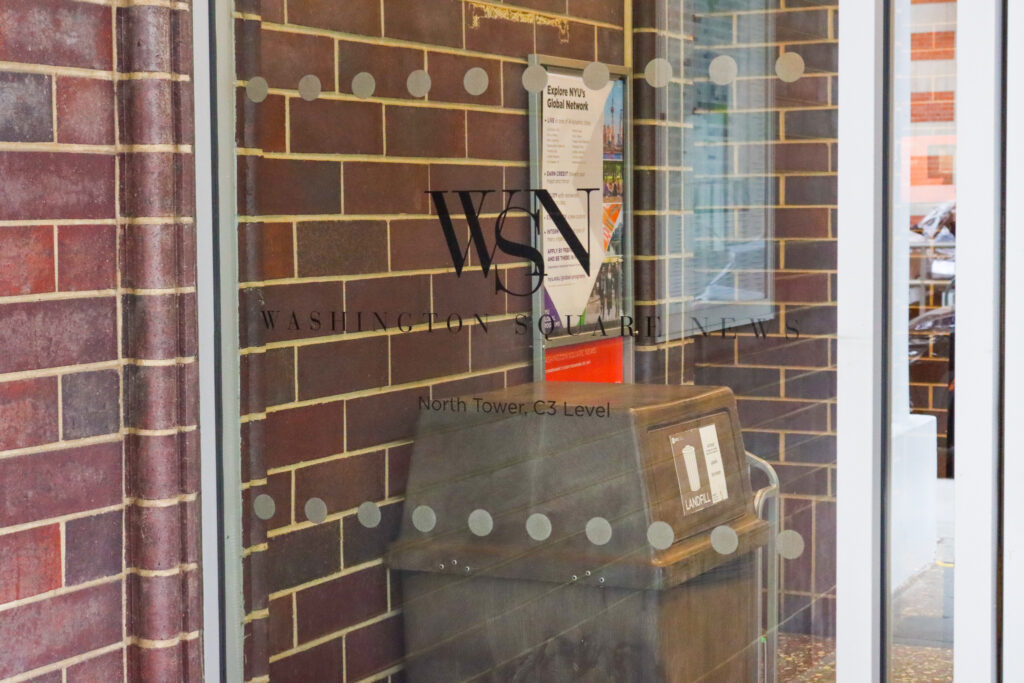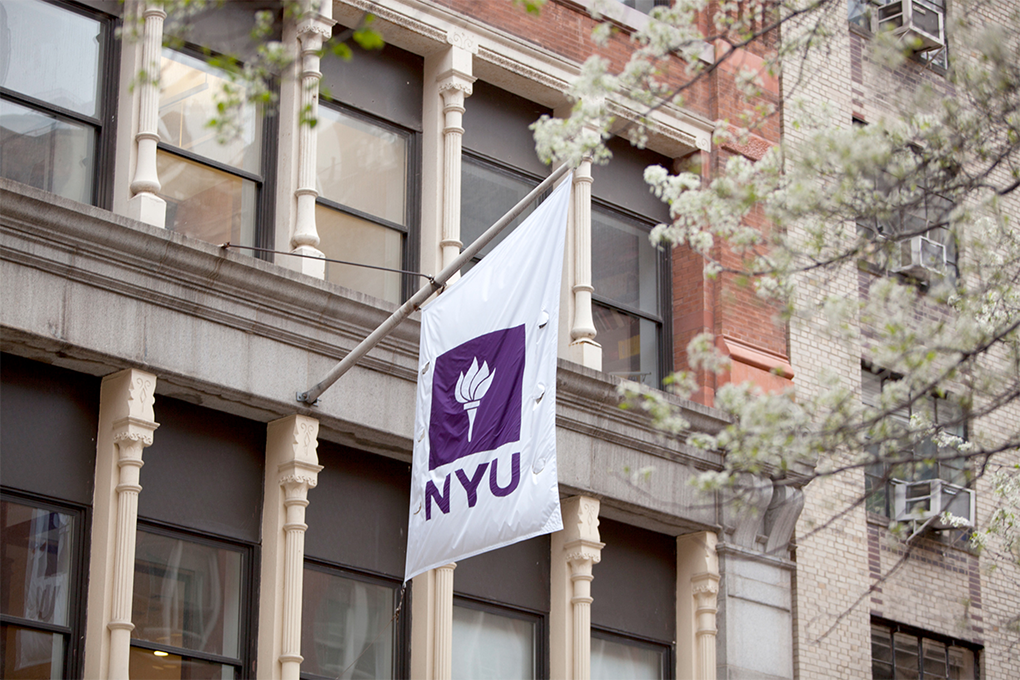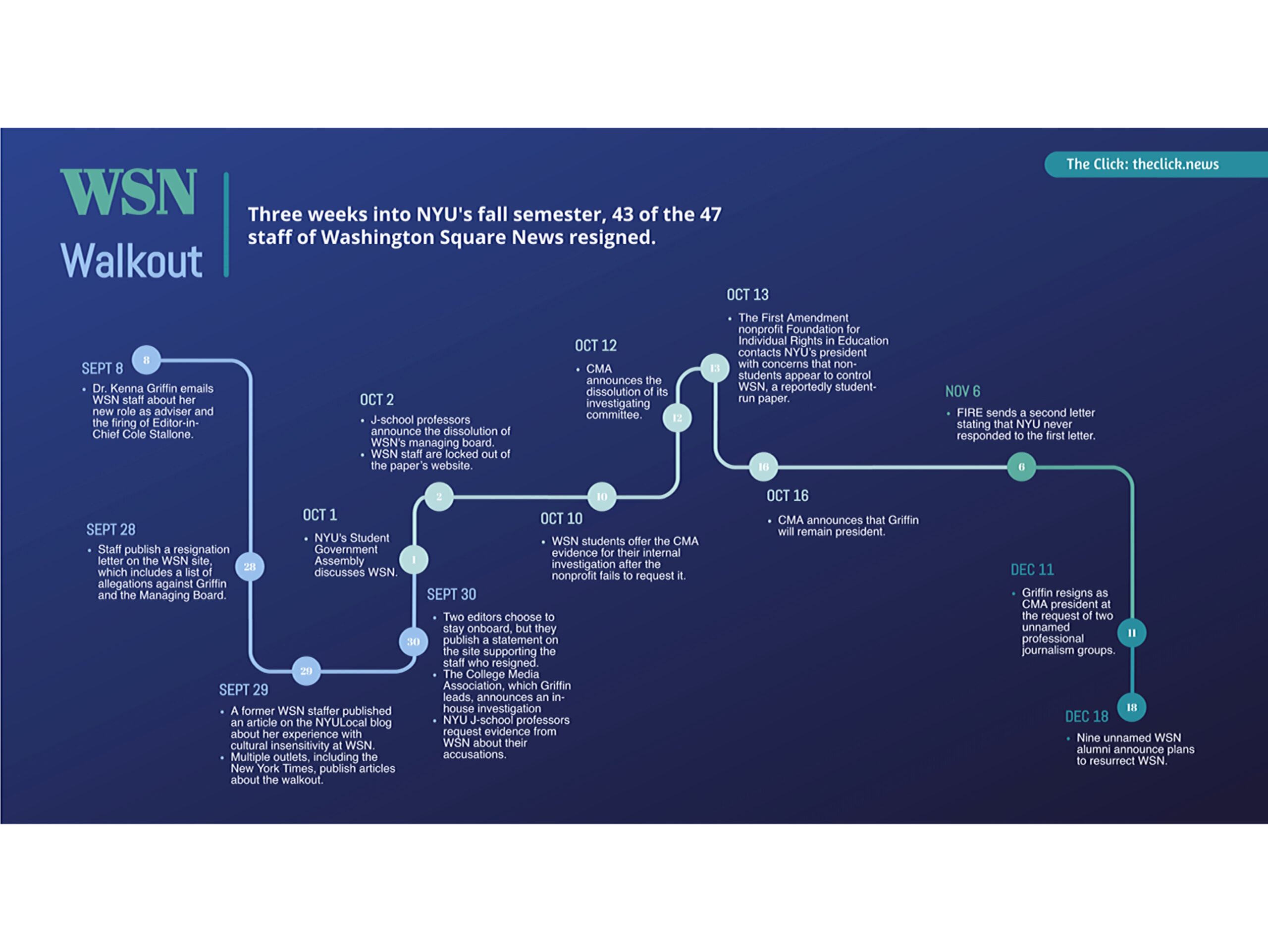(LOS ANGELES) — In the fall of 2020, four students from New York University’s American Journalism Online program worked closely with Professors Joel Marino and Liza Hogan on a series of articles on the Washington Square News walkout, hoping to explain why 43 out of 47 staff members had resigned from NYU’s student-run newspaper.
Over the course of four months and six published articles on The Click, the team balanced classwork and jobs while chiseling away at what would become a defining story of their graduate careers — an invaluable crash course in both investigative reporting and teamwork, with reporters collaborating from various corners of the globe.
As the story continues to unfold, we asked the team involved to reflect on what they’d learned, and how the experience prepared them for post-graduate life. The TL;DR? Difficult, but worth it.
Joel Marino
Reporting the News Adjunct Professor/Director of Editorial Training, Insider
India Edwards, who was one of my students in my fall Reporting the News section, first brought the WSN walkout to the faculty’s attention. I’ve been in professional media for 15 years, but before that, I was editor-in-chief of my college’s student-run paper — so I knew how rare the mass resignation was. Once we had volunteers from another class, I assigned several follow-up stories to see what had really happened. That sent us down a months-long rabbit hole where the students kept uncovering more information.
However, because my main obligations were my class and my full-time job, I could only check in with the WSN investigation sporadically. We chatted via Zoom on Sunday nights, and they’d send me drafts of the stories during the week. Professor Liza Hogan was instrumental in jumping in with edits and answering questions when I couldn’t.
I just finished up working with Theresa and Lilian on our last story, which is a roundup of everything we know about the saga so far, and what remains to be answered. This has been a hard project at times because of the intricacies of the event and lack of clarity from sources (or outright lack of responses), but I keep reminding the team that we always learn best from obstacles and mistakes — if these investigations had been a cakewalk, they wouldn’t have been worth it.
Liza Kaufman Hogan
Reporting the News Adjunct Professor
The four NYU students who reported on the WSN walkout did an outstanding job. Many had never written a news story before. That did not stop them from tracking down hard-to-find sources, reporting on closed-door meetings, and writing a series of in-depth stories that advanced what professionals with far more experience had found.
Lilian Manansala
Current Student/WSN Reporter
The WSN coverage provided a real-life experience, reporting on something that was both unprecedented (to our knowledge) and “close to home.” I loved getting thrown into what was supposed to be a quick breaking news story that morphed into a project that’s now in its fourth month. There’s something about being given an assignment that brought a sense of accountability to the story, to the WSN students, and to our editors. I felt like we were really contributing as journalists.
In terms of a learning curve, there was definitely a “baptism by fire.” I became tough quickly. I went from crying in my third week of the program because a source politely declined for lack of time to feeling great about getting two responses out of thirty source requests. I did have one source respond in an intimidating way, but by that point, I understood I wasn’t the cause of the animosity. With Liza and Joel constantly checking in, I felt like I had my editors’ protection and support.
At times, WSN did feel like an additional course. I was spending more time on the pieces than on some of my classes, but none of my work suffered. In fact, I think I learned how to balance my time better because of the incredible editing and tutoring from Liza and Joel. This practical experience kept throwing us curveballs — unpredictability that can’t be replicated in a syllabus-based class.
Perhaps one of the most critical things I learned is that the further you dig, the more you realize how little you actually know, and most importantly, how complicated a situation and people’s lives can be. Going into the story based on the original WSN statement, I already had my opinions formed, thinking that the reporting would yield what I already knew to be true. But I was wrong, and I am appreciative to have had that experience early on. It was an invaluable lesson in how to keep myself and my opinions out of the stories I report.
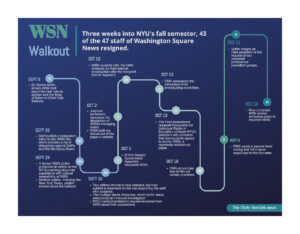
[Timeline by Theresa Boersma]
Current Student/WSN Reporter
Because of the time difference here in China, I was one of the last people to jump on the opportunity. The story was striking: Allegations ranged from the adviser seemingly usurping control of the paper and bullying to showing massive insensitivities to Black and transgender students. I needed to know how a school that had built such a supportive program had allowed things to get so out of hand.
We had to learn how to win trust, even though we don’t work for a big-name media organization. We had to learn how different organizations were structured and how to find the right people to talk to within those organizations — and how to accept that those people may not be interested in talking to us. We wrote so many drafts. But there was also this incredible high every time I finally figured out a new piece of this puzzle.
Throughout, Joel patiently coached and guided us toward solutions and put out fires. He proved early on that he would not let us publish anything that was not clear, accurate, and backed up with evidence or sources. When everything was said and done, I felt confident that the pieces I authored reflected the truth.
But the thing that made this experience so positive was working on a team. We had to learn how to work together, when to lead, when to step back and let someone else lead, and how not to step on each other’s toes. I hope everyone gets this kind of experience during their time in the program, as it really forces you to grow as a journalist and as a co-worker.
Charis Smith
Current Student/WSN Reporter
When I first heard about the WSN story, I was really intrigued. How had everything gone so wrong, so fast at the beginning of the school year? As a high school journalism adviser, I spent lots of time trying to consider the story from Dr. Griffin’s perspective.
Liza asked me to join the team to help with editing, something I love to do. Within a few meetings, I helped shape what became our first major byline on the story. It was refreshing to have someone to bounce ideas off when there were a lot of blank spaces and question marks. People weren’t talking, sources were ghosting, and other outlets started to scoop our stories. However, it allowed me to really stretch my editing and reminded me how much I enjoy shaping a story with clarity.
I teach at a local high school, and this year is a weird hybrid of part online, part in person. So my day job is really crazy and exhausting. But getting a chance to report for The Click, doing this kind of story and work, makes all the extra work and effort all worth it.
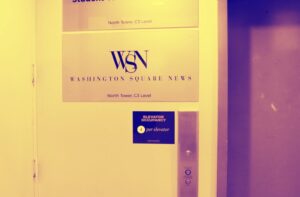
[Credit: Sarah Parker]
Current Student/WSN Reporter
I first got word of the walkout when the undergraduate student publication I used to work at started pinging me. They mistakenly thought my program had walked out. At the time, I had no clue this would become the story of the semester.
Through it all, Joel was the most amazing professor, and I hope I can be half the writer he is one day. As we began reporting the event, the story became much deeper and was all very scandalous, but Joel always knew what to say when we were stuck — and believe me, we all got stuck at some point.
Looking back, I don’t think I could have gotten a better assignment to learn from. The most important thing that I took away from this experience is to not beat myself up. I was so hard on myself when I couldn’t think of what to write, when sources weren’t getting back to me, or when Joel had to heavily edit my piece. But this is exactly what I’m here for: to learn.
